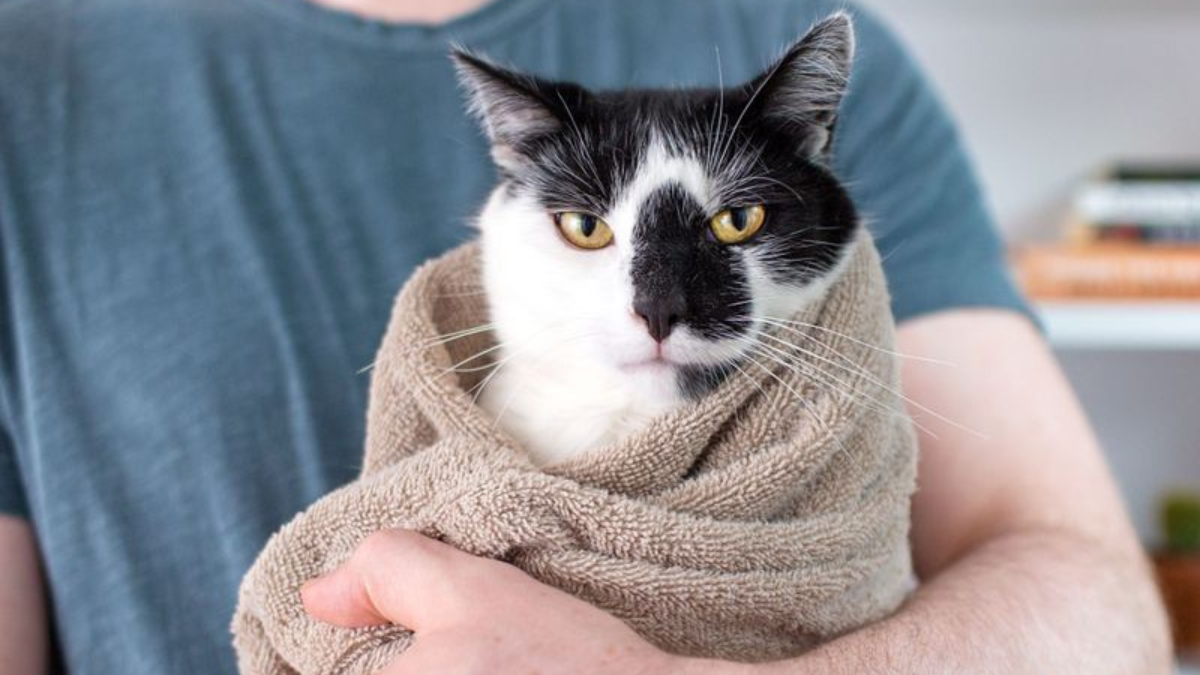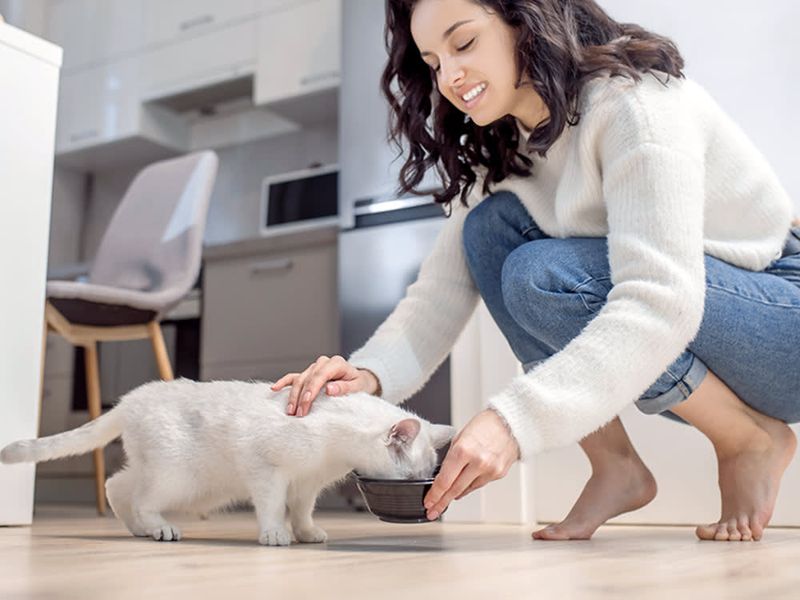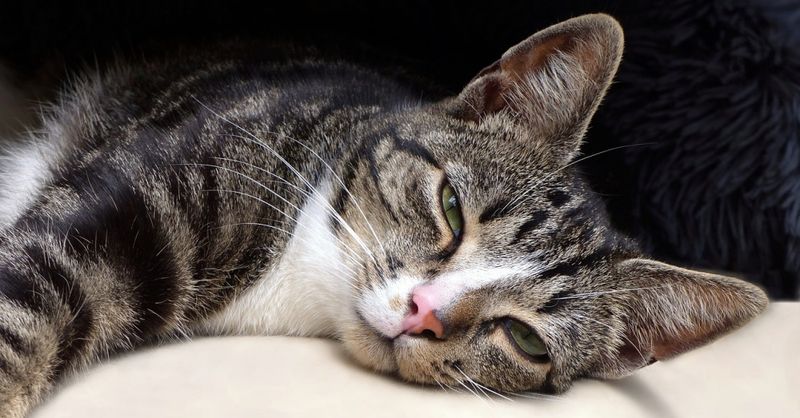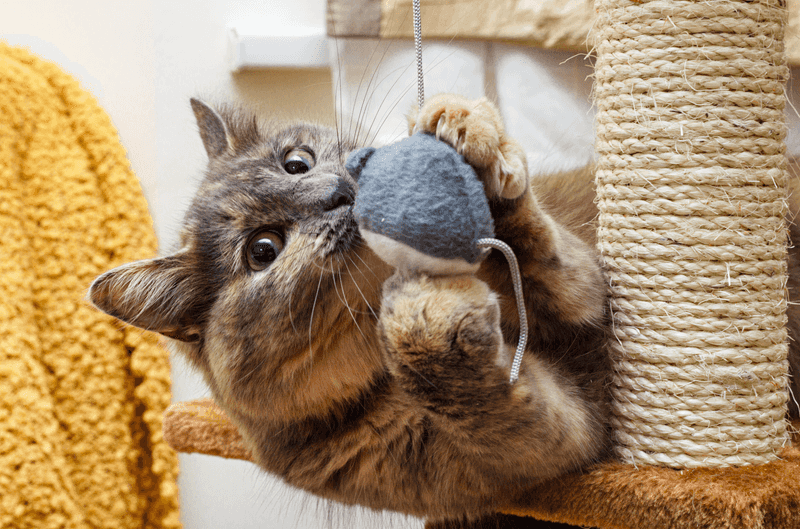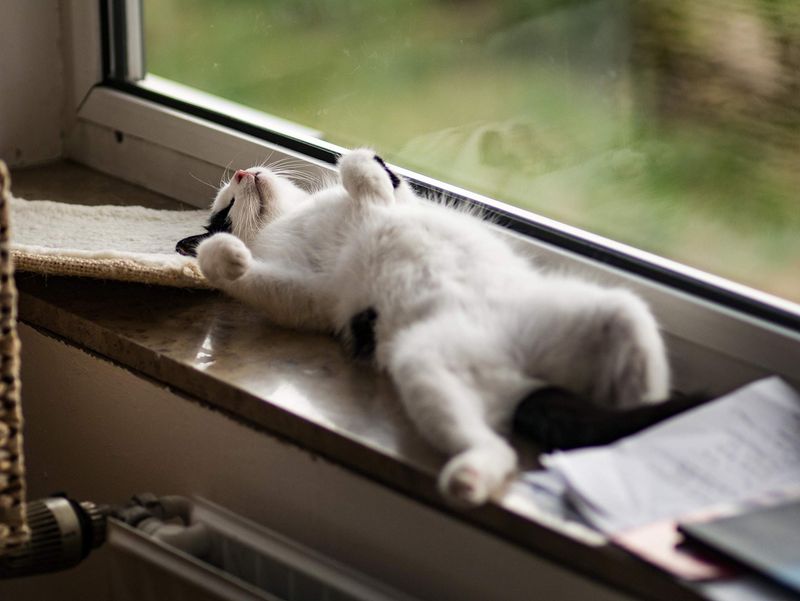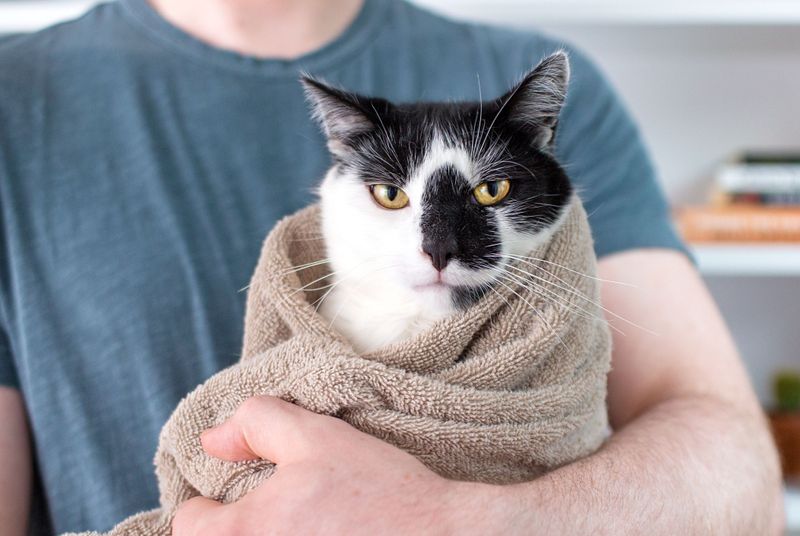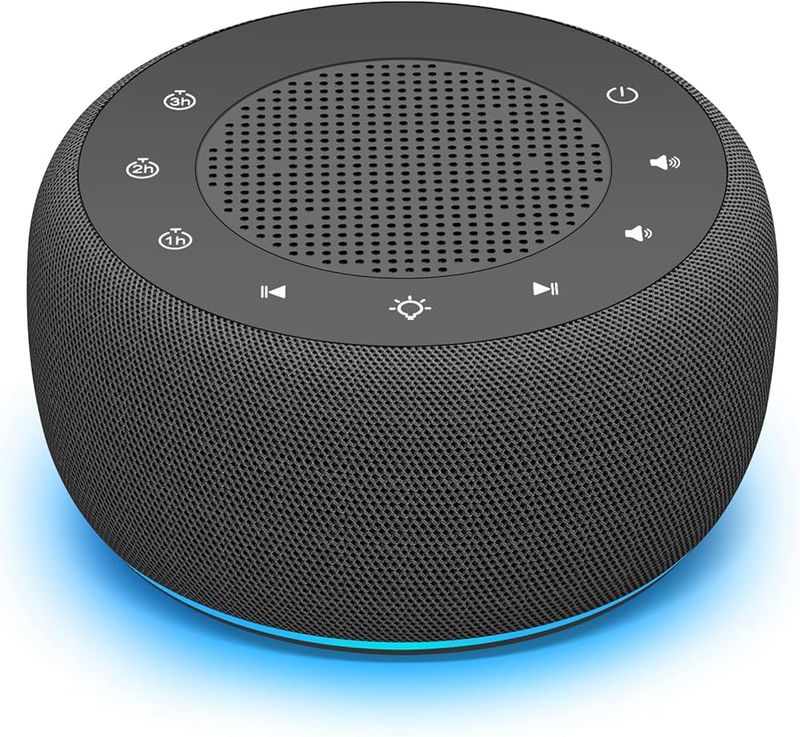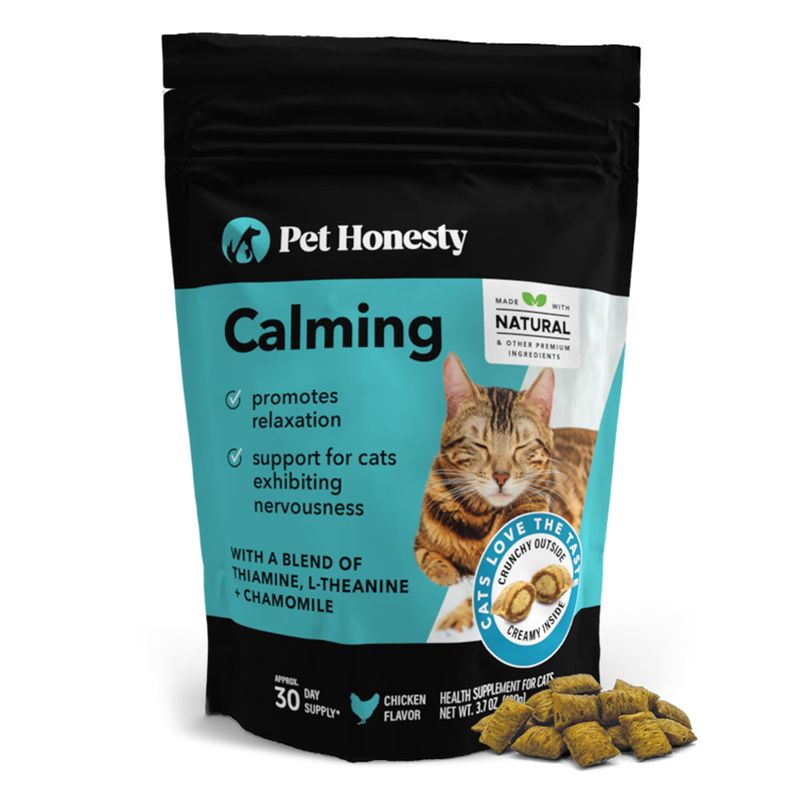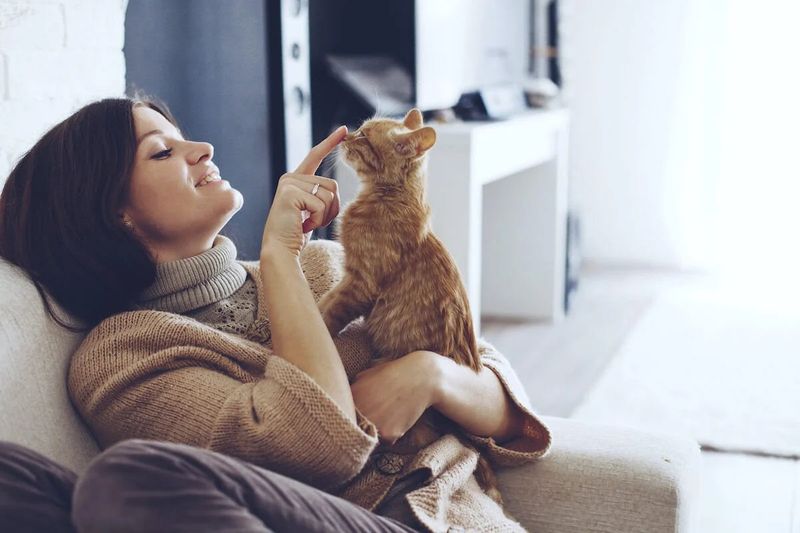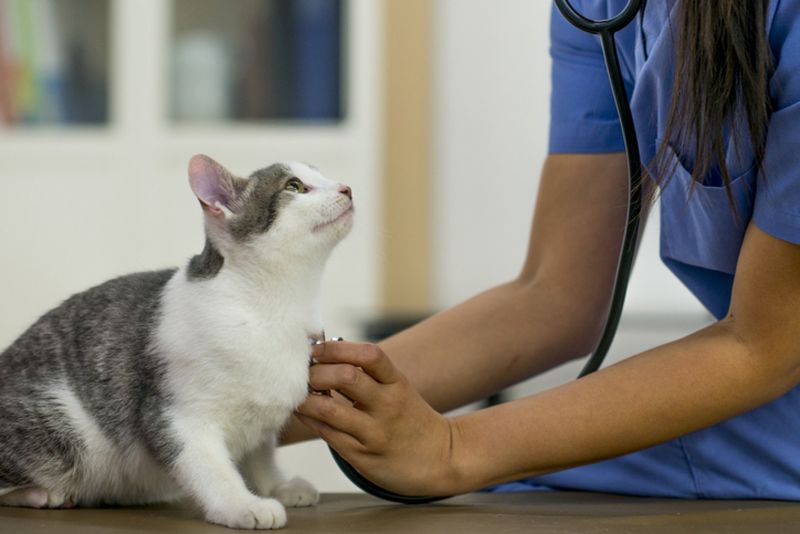📖 Table of Content:
- 1. Create a Safe Hideaway
- 2. Establish a Consistent Routine
- 3. Master the Slow Blink Connection
- 4. Provide Environmental Enrichment
- 5. Use Calming Pheromone Products
- 6. Practice Gentle Handling Techniques
- 7. Create Background Noise Buffers
- 8. Consider Calming Nutritional Supplements
- 9. Modify Your Own Energy and Behavior
- 10. Seek Professional Behavioral Support
Living with a cat who is always on edge can create tension in the home. When a feline is perpetually alert, it’s a sign that stress is taking a toll on their overall health. Constant anxiety can lead to behavioral changes and even physical issues, making it crucial to address their emotional needs.
Creating an environment that fosters calm and stability is key. A predictable routine, a safe space, and minimal disruptions can help reduce the stress your cat experiences. Small adjustments can make a big difference in helping your cat feel more secure and comfortable.
By offering a sense of security and relaxation, it’s possible to shift your cat’s state of mind. Implementing simple techniques can provide them with the stability they crave. With time and consistency, a more relaxed and content cat can emerge, bringing peace to both you and your furry friend.
1. Create a Safe Hideaway
Every anxious cat needs a dedicated safe space where they can retreat when feeling overwhelmed. Set up a cozy nook in a quiet corner of your home with a soft bed, blanket, and perhaps their favorite toy.
The perfect hideaway should be positioned away from household traffic but still allow your cat to observe activities from a distance. Many cats prefer elevated spaces that give them a surveillance advantage.
Make this area strictly off-limits to other pets and children. Your cat will recognize this boundary and feel more secure knowing they have an undisturbed sanctuary available whenever needed.
2. Establish a Consistent Routine
Cats thrive on predictability, and a jumpy feline especially needs the security of knowing what comes next. Feed, play, and clean litter boxes at the same time each day to create a sense of order in your cat’s world.
Sudden changes to routines can trigger anxiety in high-strung cats. When schedule adjustments are necessary, introduce them gradually rather than all at once. Your cat will appreciate the consideration.
Regular routines help reduce the unpredictability that often causes stress. Even something as simple as a consistent greeting when you arrive home can become a calming ritual for your alert companion.
3. Master the Slow Blink Connection
The slow blink is secret feline language for “I trust you.” When approaching your anxious cat, avoid direct staring which can feel threatening. Instead, catch their eye briefly, then slowly close your eyes before opening them again.
Cats naturally use this gesture with those they feel comfortable around. By mimicking this behavior, you’re speaking directly to their instincts. Many cats will eventually return this gesture, signaling growing trust.
Practice this technique daily during calm moments, not when your cat is already agitated. The slow blink builds a bridge of communication that helps anxious cats feel understood and respected.
4. Provide Environmental Enrichment
Boredom can amplify anxiety in high-strung cats. Rotating toys weekly keeps their environment novel and engaging. Puzzle feeders that make your cat work for treats provide mental stimulation and positive focus.
Window perches offer safe entertainment as your cat watches outdoor activities. For extra enrichment, set up a bird feeder outside this window to create a natural “cat TV” experience.
Cat trees with multiple levels satisfy the natural climbing instinct while providing escape routes from perceived threats. The combination of physical activity and mental challenges helps redirect nervous energy into positive experiences.
5. Use Calming Pheromone Products
Synthetic feline facial pheromones mimic the natural substances cats release when they feel secure in their territory. Available as diffusers, sprays, or collars, these products send chemical signals that tell your cat “this place is safe.”
Strategic placement matters for maximum effectiveness. Position diffusers in areas where your cat spends most time or seems particularly anxious. For vet visits or travel, spray carriers 30 minutes before use to allow the alcohol base to dissipate.
Results aren’t instant – give these products at least two weeks of consistent use before evaluating their impact on your cat’s anxiety levels.
6. Practice Gentle Handling Techniques
Touch-sensitive cats need special handling approaches. Start with brief, gentle touches in areas most cats enjoy – usually the cheeks, chin, and base of the tail. Always let your cat initiate and end physical contact.
Watch body language carefully during interactions. Flattened ears, tail swishing, or dilated pupils signal overstimulation, meaning it’s time to back off immediately. Respect these boundaries consistently to build trust.
Reward calm acceptance of handling with treats or verbal praise. For extremely skittish cats, try indirect approaches like using a soft brush on an extension handle, gradually decreasing the distance as your cat becomes comfortable.
7. Create Background Noise Buffers
Sudden noises often trigger alert responses in anxious cats. White noise machines or soft background music can mask startling sounds from outside or other parts of the home. Classical music specifically composed for cats has shown promising results in reducing feline stress levels.
During predictably noisy times like holidays or construction, set up a sound sanctuary in a quiet room. Adding thick curtains, carpets, or acoustic panels can further dampen disruptive noises.
Gradually acclimating your cat to common household sounds helps, too. Try recording typical noises and playing them at very low volumes during positive experiences like feeding time, slowly increasing volume over weeks.
8. Consider Calming Nutritional Supplements
Several natural supplements can help reduce feline anxiety when used as part of a comprehensive approach. L-theanine, an amino acid found in green tea, promotes relaxation without sedation. Tryptophan supplements support serotonin production, potentially improving mood regulation.
CBD oil designed specifically for pets has gained popularity for managing feline anxiety. Always choose products formulated exclusively for cats and start with the lowest recommended dose.
Before trying any supplement, consult your veterinarian. They can recommend appropriate options based on your cat’s specific health needs and ensure there won’t be interactions with any medications your cat takes.
9. Modify Your Own Energy and Behavior
The ability to sense human emotions is one of a cat’s most remarkable traits, often leading them to mirror our feelings. A low, soothing voice can help ease an anxious cat, signaling comfort and security. However, energetic, high-pitched voices can unintentionally raise their anxiety levels.
Slow, predictable movements prevent triggering your cat’s startle response. When entering a room where your anxious cat is resting, announce your presence verbally before appearing to avoid surprises.
During particularly stressful times for your household, maintain as much calm consistency as possible. Your measured behavior provides an emotional anchor that helps your cat regulate their own responses.
10. Seek Professional Behavioral Support
Some cases of feline anxiety require expert intervention. Veterinary behaviorists specialize in complex emotional issues and can develop customized treatment plans. They might recommend behavior modification techniques, environmental changes, or appropriate medications.
Before your appointment, keep a detailed journal documenting triggers, reactions, and the intensity of your cat’s anxious behaviors. This information helps professionals identify patterns you might miss.
Don’t wait until problems become severe – early intervention typically leads to better outcomes. Professional guidance can transform what seems like an insurmountable challenge into a manageable situation, improving quality of life for both you and your high-strung feline.
